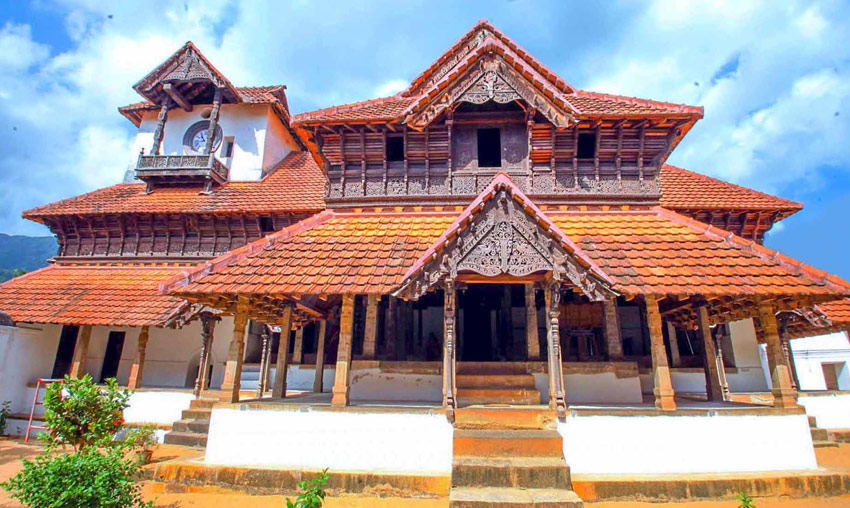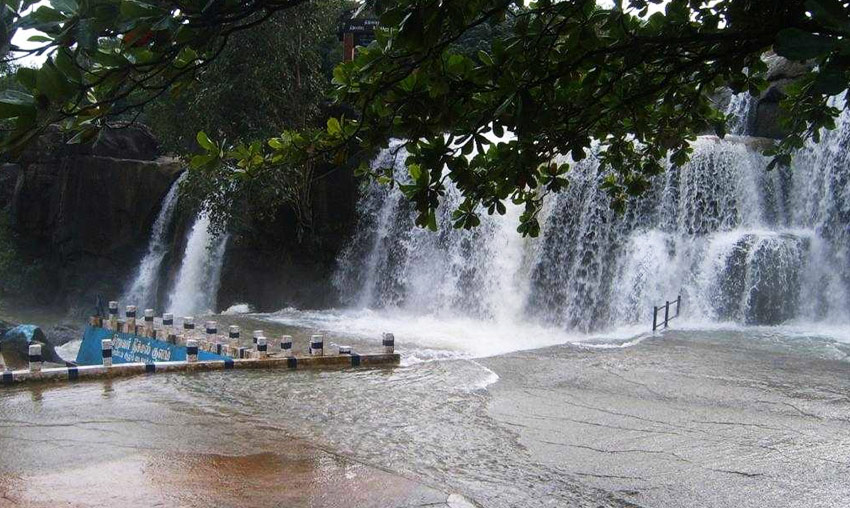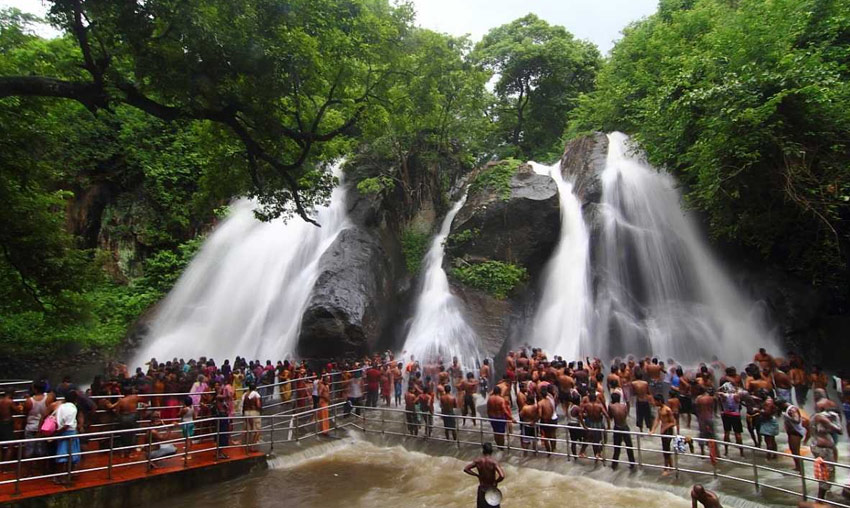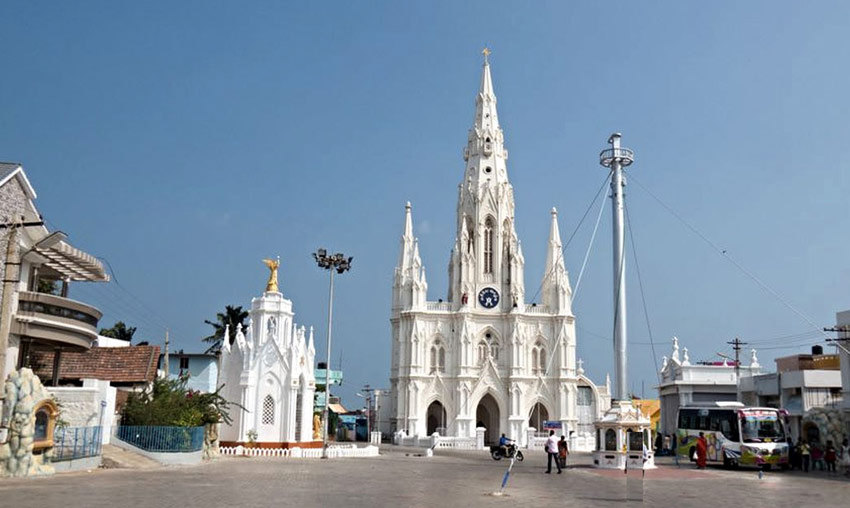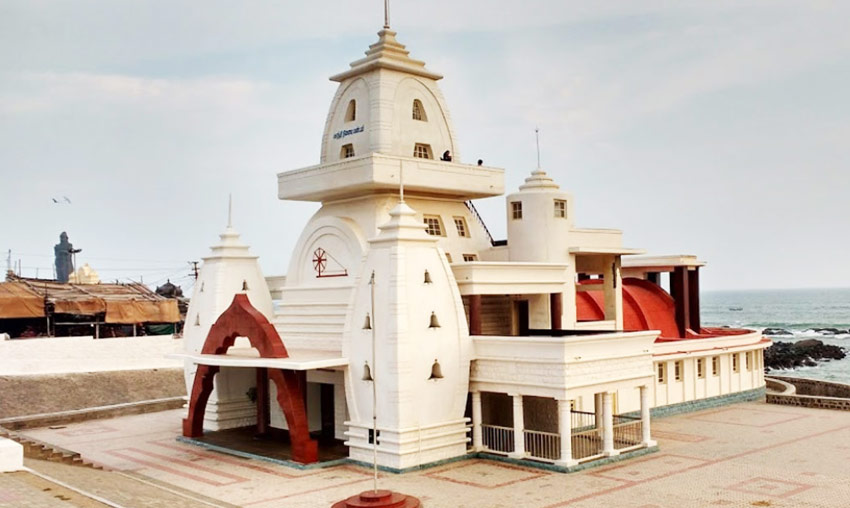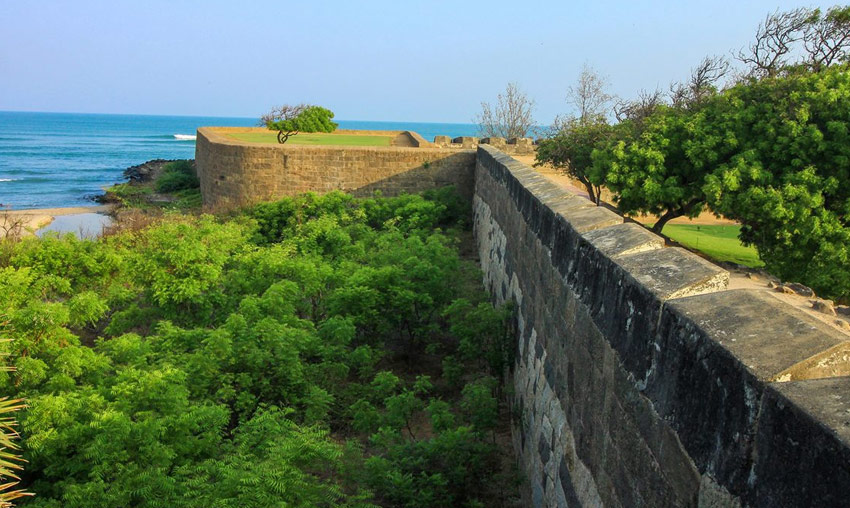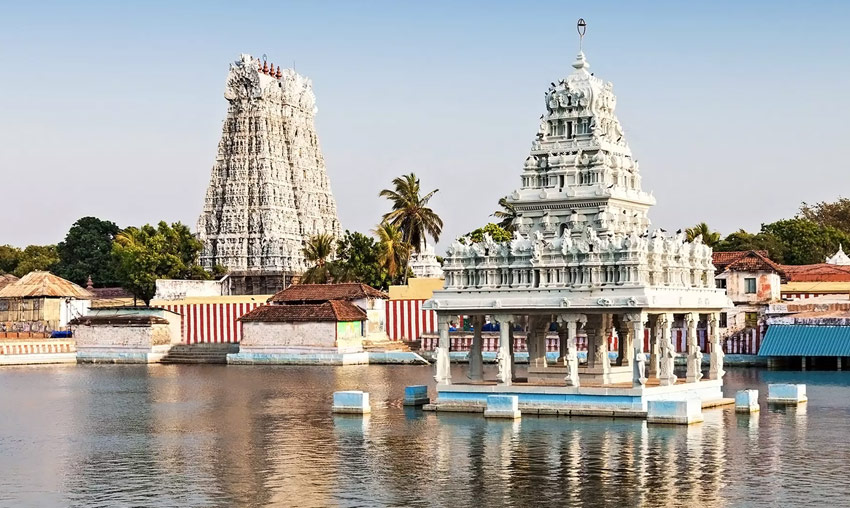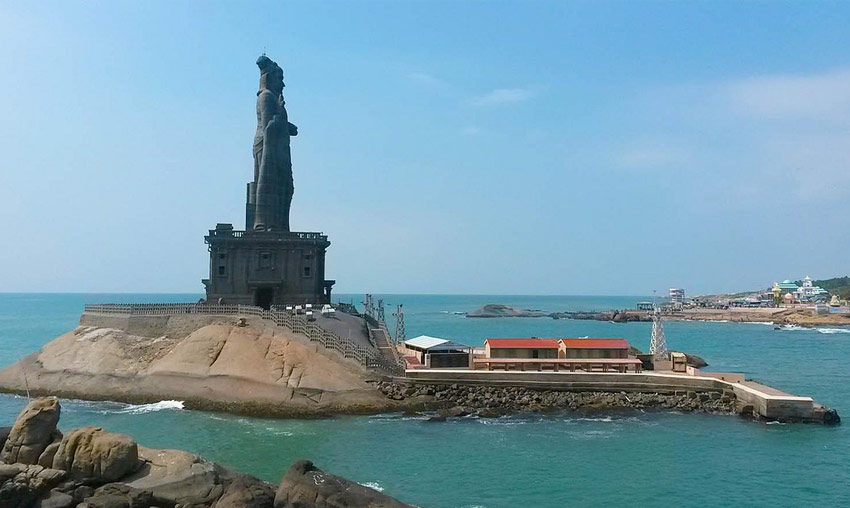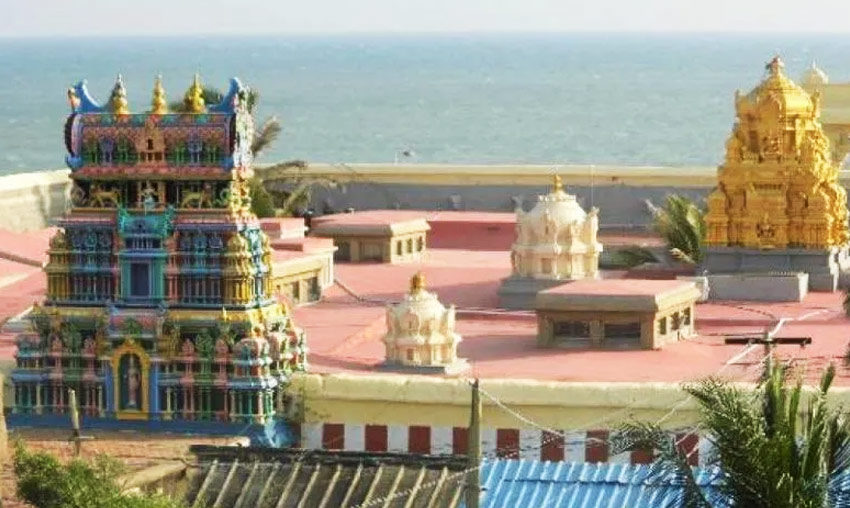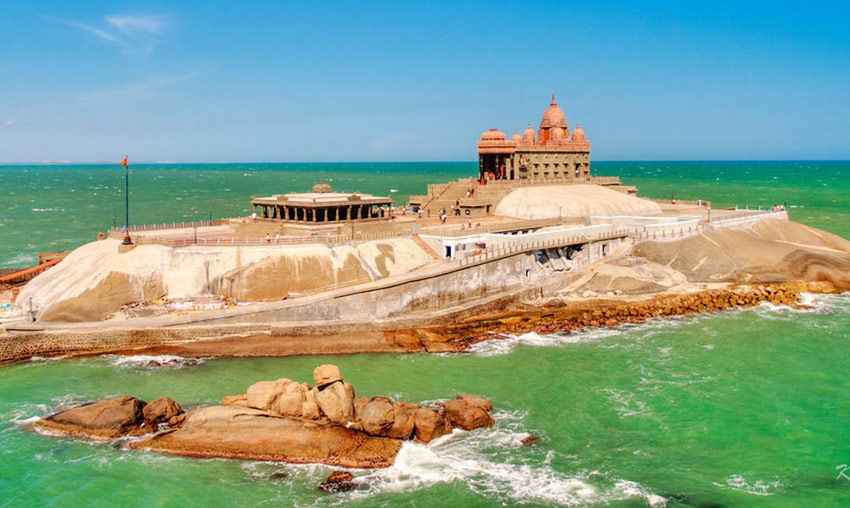Padmanabhapuram Palace, Kanyakumari (Entry Fee, Timings, History)
One of the most beautiful palaces in India is Padmanabhapuram Palace in Tamil Nadu, which perfectly captures the rich and varied cultural legacy of the nation that has existed for many years. A genuine enduring reminder of the area’s past, this city served as the capital of the former Travancore Empire. The Padmanabhapuram Palace, which is thought to have been constructed in the sixteenth century, is home to numerous unusual antiques and artifacts. It’s important to note that Padmanabhapuram Palace is constructed completely of wood and no additional materials. The Palace is a very delightful place because of its simplicity, which is adorned with beautiful woodwork carvings and decorations.
Situated within a fortification spanning four kilometers, the Padmanabhapuram Palace is separated into several portions, each with a distinct significance. The Padmanabhapuram Palace houses several rare items for safekeeping, including antique Chinese jars, various weapons, brass lamps, furniture, enormous mirrors, wood and stone sculpture, paintings, a wooden cot, and a polished stone cot. This charming palace is maintained by the Kerala government, and hundreds of people visit Padmanabhapuram Palace every day. It is frequently cited as one of the top ten palaces worldwide.
History of Padmanabhapuram Palace
Padmanabhapuram Palace, located at Kanyakumari, on the southernmost edge of mainland India, was constructed entirely of wood in the 16th century. The Travancore monarchs (1550–1750 AD) constructed this palace, which served as their capital. King Marthanda Varma of Travancore devoted his realm to the clan deity, Sree Padmanabha, who was a variant of Vishnu, in 1750. The king referred to himself as Padmanabha Dasa, or a subject of the god, and his realm as a gift from Sree Padmanabha, hence the name Padmanabhapuram. Thiruvananthapuram replaced Padmanabhapuram as the capital of the Travancore Dynasty in 1795. The expansive, exquisite city and palace lost much of its luster. The architecture of the palace is remarkable and to date remains one of the most developed voices and representations of Keralan architecture.
Architecture of Padmanabhapuram Palace
Keralan architecture is beautifully exemplified by the Palace. Rosewood is used for the palace’s carvings, and stunning sculptures and antique murals cover the walls and ceilings. There are artifacts made entirely of beautiful wood, such as mahogany, windows tinted with mica, and regal seats with Chinese decorations. The Thaikottaram, the Queen’s or Queen Mother’s palace, features ceilings that are completely painted and adorned with up to 90 distinct flower patterns carved out of teakwood and rosewood.
Sections of the Padmanabhapuram Palace
The Padmanabhapuram Palace complex is divided into several parts:-
1. The King’s Council Meeting Chamber, also known as the Mantrasala, is praised as the most exquisite area of the Palace and is embellished with elaborate latticework. The Mantrasala’s floor is exquisitely crafted using a variety of materials, including egg white and charred coconut shells, and it mirrors the walls. The purpose of the colored mica covering its windows was to keep dust and heat out and to make the council chamber’s interior dark and cool.
2. The Queen Mother’s Palace, also known as Thaikottaram, is the oldest complex within Padmanabhapuram Palace. ‘Nalukettu’, an inner courtyard with a tapering roof supported by four pillars, is part of its traditional Keralan design. The ‘Ekantha Mandapam’, also known as the Chamber of Solitude, is located in the south-west corner of the palace. Its elaborate wood carvings, the most remarkable of which is on a single jackfruit wood with fine flower designs, are what make this room so beautiful.
3. The Court or Performance Hall, also known as Nataksala, was constructed during the 1829–1846 administration of Maharaja Swathi Thirunal. He was a composer of music and a huge fan of the performing arts, particularly dance and music. The Nataksala features a shiny black floor that goes well with its granite pillars. The women of the royal household watched the performances from a wooden cage with peepholes that encloses the hall.
4. Central Mansion: In the middle of the palace complex stands the Central Mansion, a four-story structure. The royal treasury is located on the ground floor of the mansion, the king’s bedrooms are on the first floor, and the king’s study and resting quarters are on the second story. The royal household’s place of worship, known as the ‘Upparikka Malika’, was located on the top floor. Beautiful murals from the 18th century that depict scenes from the Puranas and the Travancore Empire decorate its walls.
5. The Southern Palace, also known as Thekeekottaram, is a 400-year-old structure that houses antique household items and functions as a heritage museum.
Padmanabhapuram Palace Entry Fee & Timing
Padmanabhapuram Palace is open from 9 a.m. to 4:30 p.m. With the exception of Mondays, it is open every day of the week. On national holidays, it is also closed. Visitors must leave their shoes outside in order to enter the palace. To preserve the palace floors’ shine, shoes of any kind are not permitted.
How To Reach Padmanabhapuram Palace
If you want to get to the Padmanabhapuram Palace, there are several ways to get there. From the Thamapnoor bus stop, you can take a bus to Thuckalai or Nagercoil. Take an auto to the Palace after getting off at Thuckalai. To get there, you can alternatively use a private taxi.
